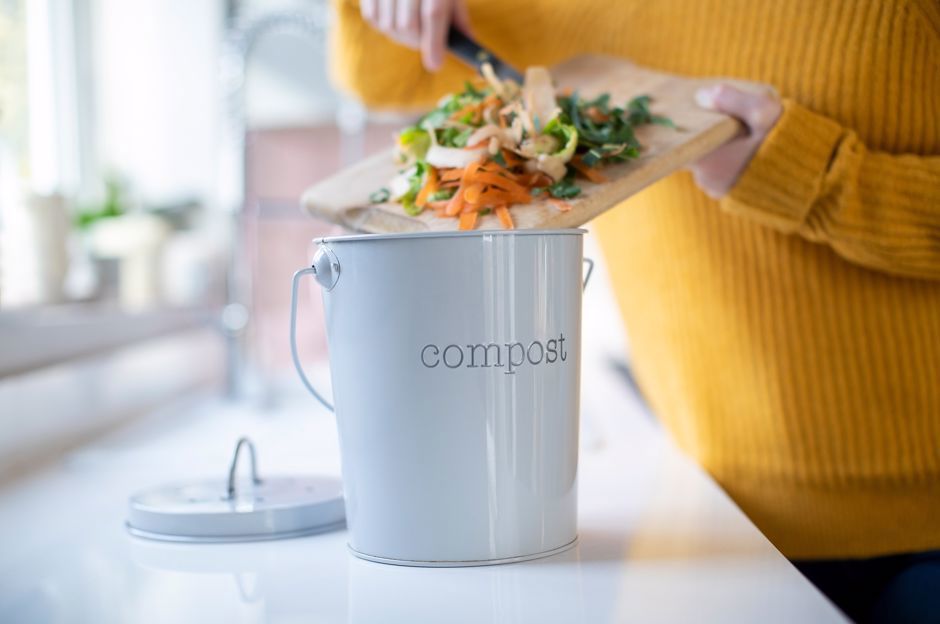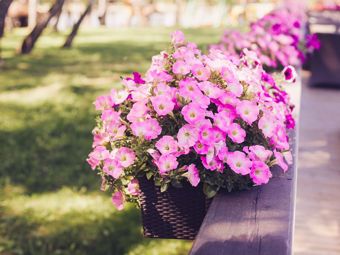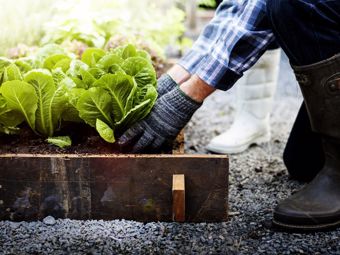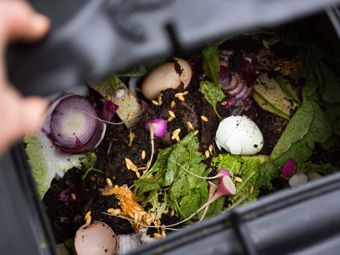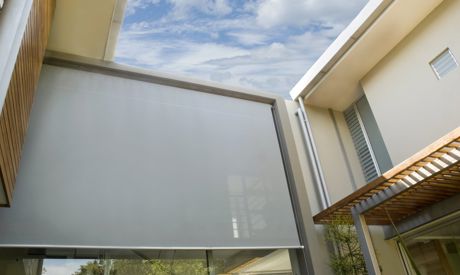Compost - how to make it
Find a suitable place in your garden - it should be a place partially shaded so that it does not dry out in the scorching sun. The compost should also be easily accessible with a wheelbarrow, both for loading, for example mown grass, and for transporting the finished compost for fertilization. If you are going to buy a vermicomposter for your home, its circumjacent temperature should not fall below 5 °C and rise above 25 °C. That is why it is not advisable to leave it outside in winter without insulation and in summer in direct sunlight. The result of composting will be a high-quality, mature fertilizer that you can use, for example, when changing crops in flower beds.
Basic rules of composting
- the more diverse composition of biowaste, the better
- the material for composting needs to be mixed well
- mix evenly wet with dry, dense with porous, brown (wooden, dry matter) with green (fresh, nitrogenous material)
- the ratio should be approximately 2–3 parts the brown to 1 part the green waste
- make sure it maintains the necessary moisture – moisten too dry compost with water, if too wet, intersperse it with drier material (twigs, paper shreds)
- create the bottom layer of garden compost from coarse material (e.g. twigs or wood chips) – in cold weather, cover the compost with a layer of dry leaves - they prevent heat loss - if we need to compost a large amount of plant material, add a small amount of lime to the compost and mix it - this will reduce acidity and speed up formation of humus
Garden composter or pallet enclosure?
In the garden, we can set up compost in an open area, so-called on a loose heap. It can be delimited, for example, by a fence made of wooden pallets. The composting process can be easily regulated, but on the other hand, too large surface area causes the material to dry out and the decomposition processes then proceed more slowly.
Single-chamber composters, into which waste is poured at the top and the finished fertilizer is removed from the door at the bottom, are sensitive to correct composition of the compost (optimal nitrogen and carbon ratio) and it is also more difficult to monitor the composting process; for example, because of the lid, we may not notice that the composted material is too dry. Multi-chamber composters are more expensive, but in all other respects more advantageous, where we collect biowaste in one chamber and in the other, rapid decomposition can take place during the summer - the contents are heated to more than 55 °C and kill both weed seeds and most pathogens.
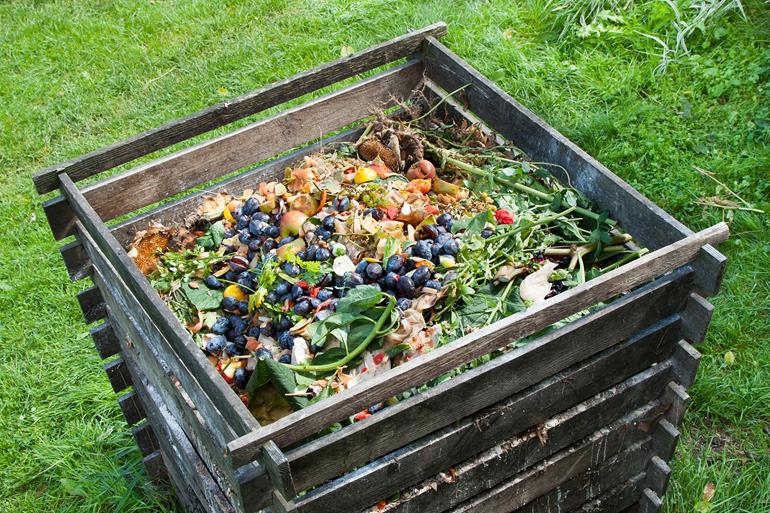
You don't have to run to xour compost with every peel. Get a small container for organic waste in your kitchen units. It should have a lid that will prevent flies from breeding, but also ventilation holes so that the kitchen waste doesn't start to rot away.
Vermicomposter – composting with the help of earthworms
For home composting, vermicomposters are available – special composters where organic waste is processed into compost by special California earthworms (regular European earthworms can also compost, but they are not as efficient). Composting one container takes about 2–3 months; in addition to compost, the earthworms also produce a liquid called earthworm tea, which is also suitable as fertilizer.
What goes into compost
A compost bin or compost heap is an ideal place to process mown grass, fruit and vegetable scraps, coffee and tea waste (including bags), nut shells, clean sawdust, wood shavings, small twigs, bark and plant bits including soil at their roots. Crushed eggshells, torn paper (except chalky, waxed, etc.), wood ash and excrements of herbivorous pets will also decompose. Watch out for food leftovers – they attract rats and usually contain meat that does not belong in compost. You should also be careful with citrus and exotic fruit peels. If you add them, then only in small quantities, as they are prone to go mouldy.
The pieces of waste you add to your compost should not be larger than the palm of your hand – the smaller the pieces, the faster they will turn into humus.
We wrote about composting and other ways to help nature in your own garden in this article.
Following does not go in compost:
- any plastics, metals, glass, stones, etc.
- hazardous waste
- meat and bones
- dairy products
- fruits infected with fungal diseases - the germs could then spread to healthy plants
- flowering weeds - there is a risk of spreading seeds into the compost
- chewing gums
- oil and fats
- dead animals
- feathers, fur, hair
- disposable diapers
- excrements of carnivorous animals (dogs, cats)
- pet bedding, dirty sawdust and wood shavings
- cigarette butts and ash, coal ash
- materials that are difficult to biodegrade (coloured glossy magazines, etc.)

